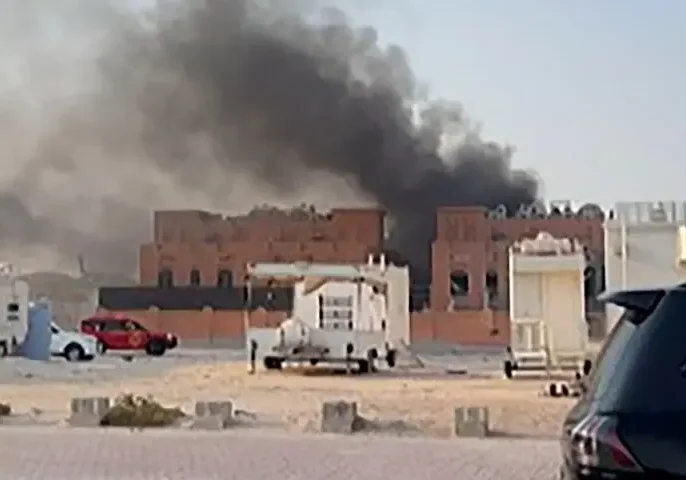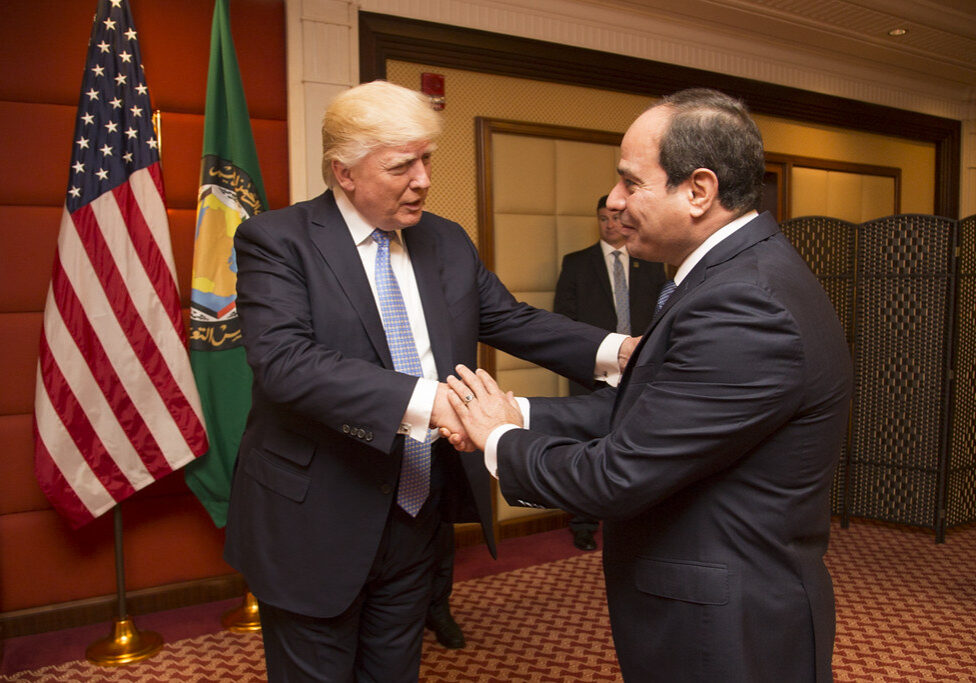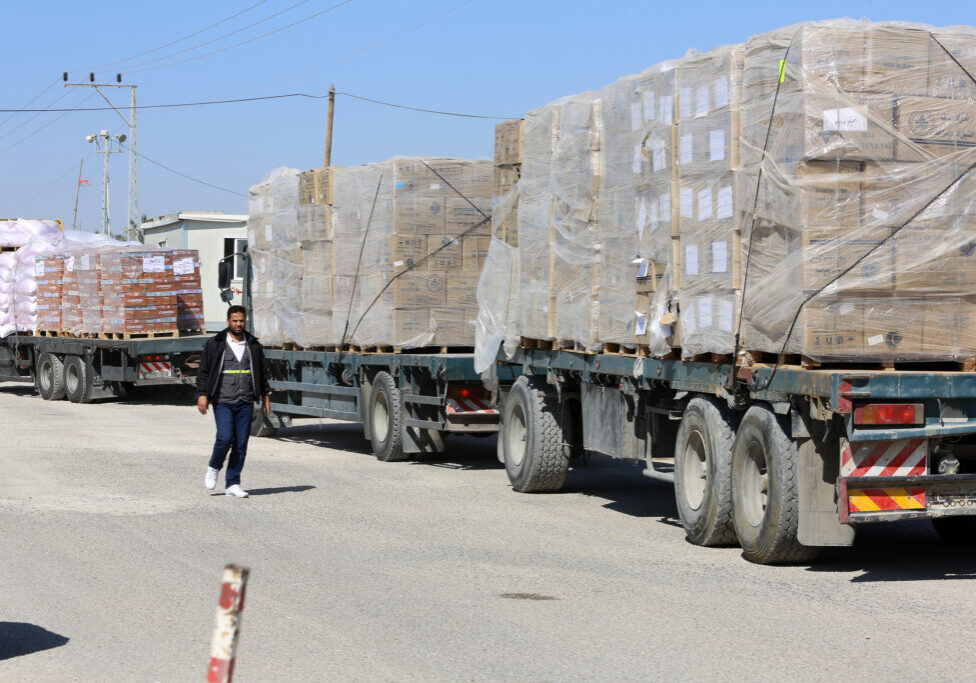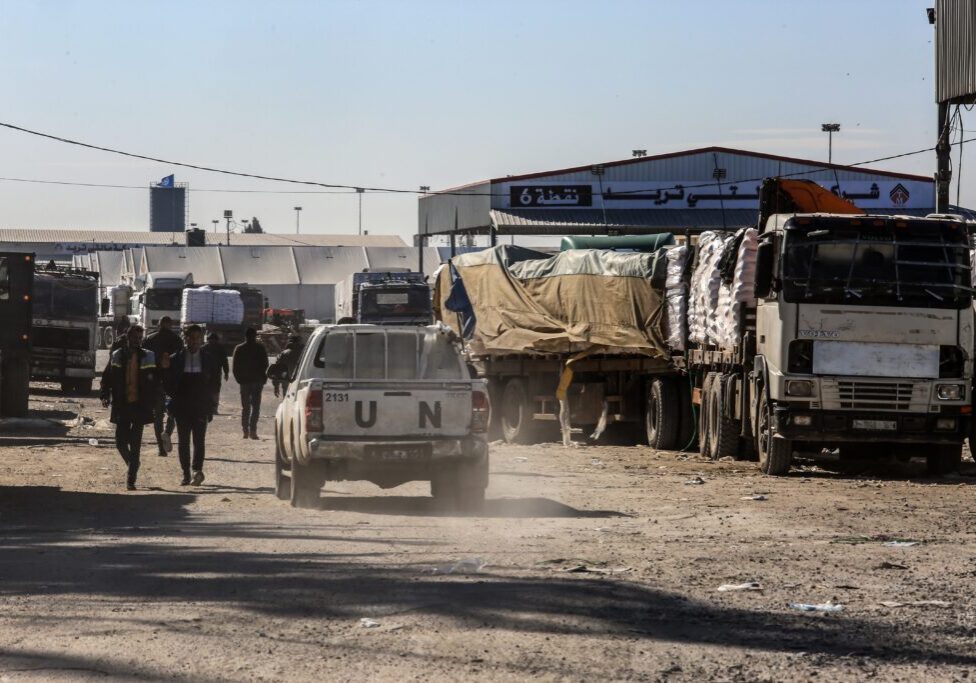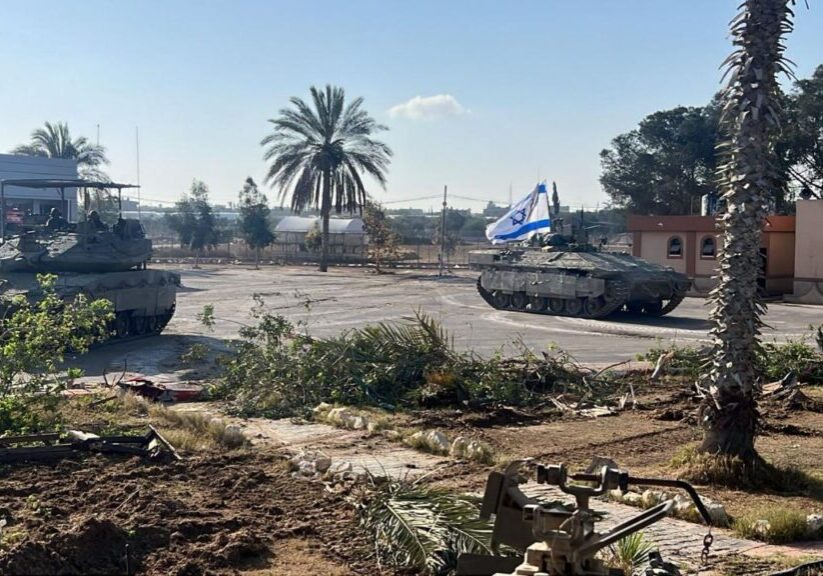Australia/Israel Review
Power Play
Jun 28, 2017 | Amotz Asa-El

Will Gaza’s crisis lead to war?
Amotz Asa-El
Gaza, the narrow, overcrowded, and destitute coastal strip wedged between Egypt and Israel is thirsting for power and light: physically, politically, and psychologically.
The physical crisis is about the strip’s lone power station’s fuel, which ran out in April due to intensifying tension between Hamas, the Islamist organisation that rules Gaza, and the Palestinian Authority (PA), which Hamas forcibly unseated there in June 2007.
The power station is built to supply about half of Gaza’s power, with the remainder coming directly from Israel and Egypt, which supply 35 and 15% respectively.
In what is an emblem of the Israeli-Palestinian conflict’s complexities, the Israeli-generated power is paid for by Hamas’ arch-rival, the PA. The Israeli supply costs a monthly NIS 40 million (A$15 million), for which the PA used to pay by deducting the sum from the taxes Israel regularly collects for and transfers to the PA.
In recent months, however, Hamas has been delinquent in its payments to the PA, and in June the PA asked Israel to reduce its power supplies to Gaza, a request that Israel reluctantly heeded, as part of its policy of favouring the PA, which recognises Israel’s existence, over Hamas, which openly says it seeks Israel’s destruction.
Electricity, which to begin with arrived in eight-hour shifts followed by eight-hour outages, now reaches Gaza’s users for hardly four intermittent hours per day. The PA’s new cutback will reduce the four hours to three.
Even when the station was fully supplied, its insufficiency was such that hospitals and also many households kept generators. Now dusk is followed by a darkness that reminds some of wartime London’s blackouts, with lightbulbs, stoves and cars replaced by candles, bonfires and mules.
One does not need to be a chemist to understand that these are potential ingredients of a potent blast – socially, politically, diplomatically and militarily.
Socially, unrest in Gaza is growing by the day, as 1.8 million residents of the flat 225-square-kilometre coastal territory increasingly speak openly against Hamas, which in turn fears grassroots protests of the sort that toppled multiple Arab regimes earlier this decade. There have already been several spontaneous street protests which Hamas dispersed violently.
Politically, Gaza’s energy crunch is feeding suspicions that the crisis is being deliberately manufactured by the PA, which has never accepted its overthrow in June 2007, when Hamas troops threw PA officials off rooftops in a coup that cost 160 lives. The PA now has additional reasons to confront Hamas, as US President Donald Trump reportedly suspects Mahmoud Abbas is on the wrong side of the global war on terror.
Diplomatically, Gaza’s situation reflects the dead end to which its fundamentalist leaders’ foreign policy had led.
On this front, Hamas suffered a series of strategic setbacks, the first of which came after it bet against Syrian President Bashar Assad’s survival and took the rebels’ side in the Syrian civil war shortly after its outbreak in 2011.
That gamble resulted in Assad’s expulsion of Hamas’ political leadership from Damascus and, much more ominously, in its loss of an annual US$200 million from Assad’s Iranian patrons. Iran resumed its financial transfers to Hamas last year, but they are less than half their original size.
Two years after falling out with Syria and Iran, Hamas lost another foreign patron, when Egypt’s Muslim Brotherhood government was overthrown by General Abdel Fatah al-Sisi. Sisi sees Hamas as accomplices of the ISIS-linked Islamists with whom his country is at war in the Sinai Desert, which sprawls between Gaza and Egypt.
A third foreign ally, Qatar, has suddenly come under a pan-Arab assault that is expected to obstruct its monetary transfers to Gaza. These are believed to have included an annual US$100 million, besides a one-off US$350 million grant following the downfall of the Egyptian Islamists in 2013.
Last year, Qatar provided US$12 million to keep the Gaza power station going as the strip’s energy crisis accelerated, much the way the Emirate transferred US$31 million the previous summer when Hamas ran out of money to pay salaries to its employees.
Qatar’s crisis is now an international curiosity in its own right, but from Gaza’s viewpoint what matters is that this lifeline is now also blocked – with Egypt and Saudi Arabia citing Doha’s support of Hamas among the causes of the diplomatic and economic blockade they have put in place against the rich princedom.
This, then, is the international context of Gaza’s energy crisis, and this is why fears are now mounting that Hamas’ response to the internal and external pressures it is facing might be to provoke a new bout of conflict with the Israel Defence Force, hoping to thus draw attention away from its governmental performance to its struggles with the Jewish state.
The IDF and Hamas have fought three mini-wars since Israel’s pullout in 2005, but the border between them has been generally quiet since summer 2014.
Israel’s policy has been to block any potential arms traffic into Gaza, whether by land or by sea, and at the same time to help the enclave’s economy by allowing Gazan merchants to import civilian goods through Israel in large quantities. That is why an average of 175 Gazan trucks can be seen daily lining up at the Kerem Shalom border crossing, bringing in food, medicines, appliances, fertilisers and other goods after thorough search to verify their cargoes are militarily harmless.
A second crossing, in Rafah, opposite Egypt, has largely been closed by Egypt since 2015 – in the wake of its war on Islamic State in the Sinai, whose terrorists were reportedly using Gaza as a supply base, recruitment source and hideout.
As Israel sees things, the commercial activity at its own border crossing is all it can do for the gravely ill economy of Gaza, where unemployment is 40%.
“Payment for Gaza’s electricity is Hamas’s duty, not the PA’s,” said Defence Minister Avigdor Lieberman, “if they will pay for it – they will receive it.”
At the same time, Lieberman attacked Hamas for its broader economic conduct. “Hamas collects every month NIS 100 million [A$37.3 million] in taxes from Gaza’s residents, and all this money, rather than go to education, improvement of the health system and water infrastructure – goes to terror infrastructure, to tunnels and rockets,” he said.
Gaza’s water supply, like its electricity supply and sewage system, awaits a locally driven developmental urge that Hamas, according to its adversaries, lacks.
Overusing a rapidly depleting local aquifer, Gaza’s water needs could easily be supplied through desalination plants along its 40 kilometres of coastline, the way Israel does along its own Mediterranean shore. Two such plants have indeed been recently inaugurated in Gaza, but they supply only a fraction of its needs and have been foreign enterprises, sponsored by the European Union and the UN.
Gaza actually has plenty of economic potential for tourism, industry, farming and fishing. The need to develop these has become more urgent than ever when last decade’s Palestinian terror wave resulted in Gazan workers losing access to Israeli jobs – whether within the strip, from which Israel withdrew, or within Israel, where Gaza’s workers came to be suspected as potential terrorists.
Still, the consequent labour crisis in the strip seems of little concern to Hamas, which could easily attract, with Israeli acquiescence, investors that would build local factories, power stations, desalination plants, hotels and farms.
Hamas’ domestic record brings to mind the economic indifference of deposed Egyptian President Mohamed Morsi, and contrasts with the model of Recep Erdogan, whose Islamist takeover of Turkey was launched with a well-planned and highly effective economic focus.
The bottom line of all this is widespread suspicion that Hamas may be brewing a new bout of fighting with the IDF. This does not, however, mean that the showdown is predestined.
Financially, the power crisis will likely be resolved with some kind of alternative funding, possibly from the European Union.
Politically, Egypt is reportedly negotiating with Hamas the inclusion in its government of PA President Mahmoud Abbas’ internal rival, former PA minister Mohammed Dahlan. This way, Hamas will save face, while the PA will be inserted back into Gaza through the back door. In the meantime, according to these reports, Egypt will reopen the Rafah border crossing, and also expand its own power supply to Gaza. Egypt is reportedly ready to offer to supply all of Gaza’s power, but first demands Hamas hand over 17 militants it accuses of anti-Egyptian activity, and that Hamas agree to tighter Egyptian supervision of their joint border.
Israel, for its part, is preparing for a possible clash. Most glaringly, these preparations include the construction of an underground, anti-tunnel barrier along the border with Gaza.
The cranes and bulldozers involved in this effort can be seen with the naked eye from within Gaza, not far from the border crossing where a long line of trucks bring Gaza all its current supplies.
Between them, these sights represent the two choices Gaza faces as Hamas completes its first decade of rule there: war or peace.
Tags: Egypt

